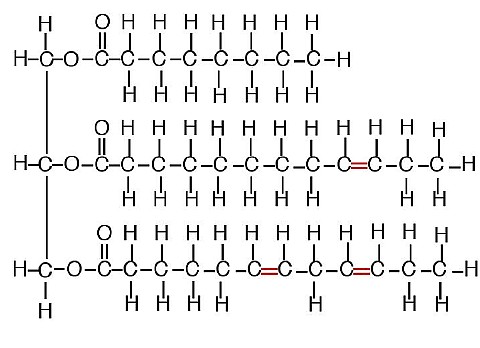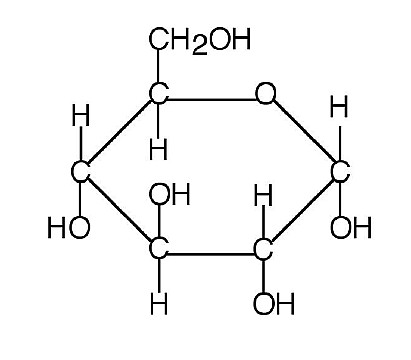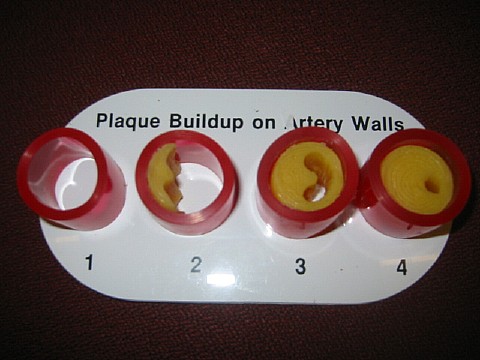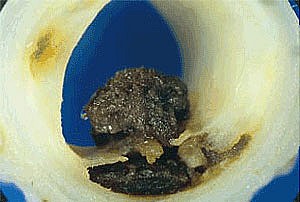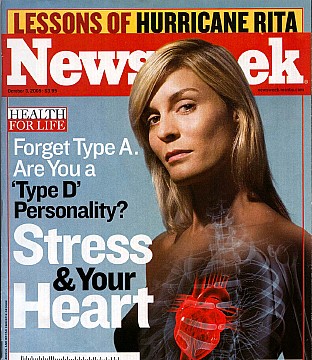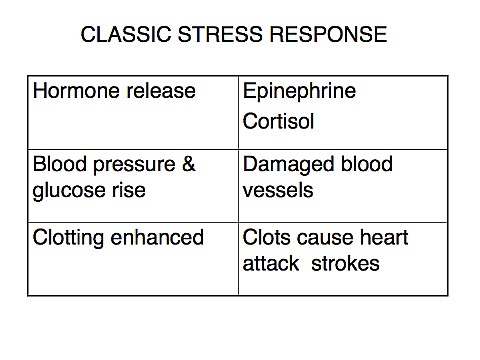Dietary Guidelines 2015 Summary
Keep total fat intake
between
25-35
percent of Calories, mostly from WHOLE foods that provide unsaturated
fats such as:
nuts, seeds, avocado, olives, fatty fish
Keep saturated less than
10%
of Calories,
and trans fat as low as possible.
According to the 2015 DGA report, "Strong and consistent evidence
shows that replacing saturated fats with unsaturated fats, especially
polyunsaturated fats, is associated with reduced blood levels of total
cholesterol and of low-density lipoprotein-cholesterol (LDL-cholesterol).
Additionally, strong and consistent evidence shows that replacing
saturated fats with polyunsaturated fats is associated with a reduced
risk of CVD events (heart attacks) and CVD-related deaths.
Some
evidence has shown that replacing saturated fats with plant sources of
monounsaturated fats, such as olive oil and nuts, may be associated with
a reduced risk of CVD. However, the evidence base for monounsaturated
fats is not as strong as the evidence base for replacement with
polyunsaturated fats. Evidence has also shown that replacing saturated
fats with carbohydrates reduces blood levels of total and LDL-cholesterol,
but increases blood levels of triglycerides and reduces high-density
lipoprotein-cholesterol (HDL-cholesterol). Replacing total fat or
saturated fats with carbohydrates is not associated with reduced risk of
CVD. Additional research is needed to determine whether this
relationship is consistent across categories of carbohydrates (e.g.,
whole versus refined grains; intrinsic versus added sugars), as they may
have different associations with various health outcomes. Therefore,
saturated fats in the diet should be replaced with polyunsaturated and
monounsaturated fats."
The new
2015 guidelines dropped the limit on consumption of dietary cholesterol
to 300 mg per day, but the new guidelines note that “this change does
not suggest that dietary cholesterol is no longer important to consider
when building healthy eating patterns. As recommended by the IOM,
individuals should eat as little dietary cholesterol as possible
while consuming a healthy eating pattern.”
8 oz.
of seafood per week.
